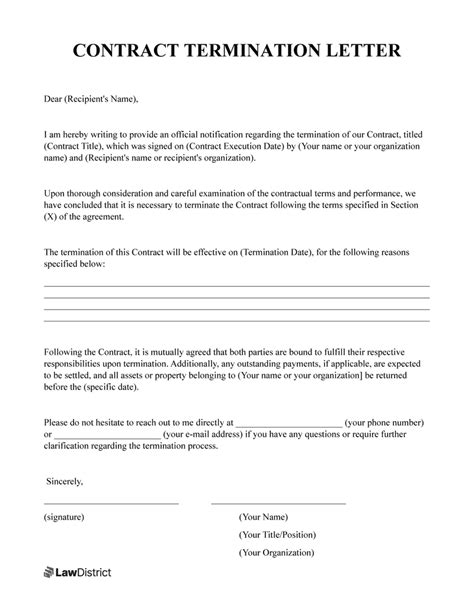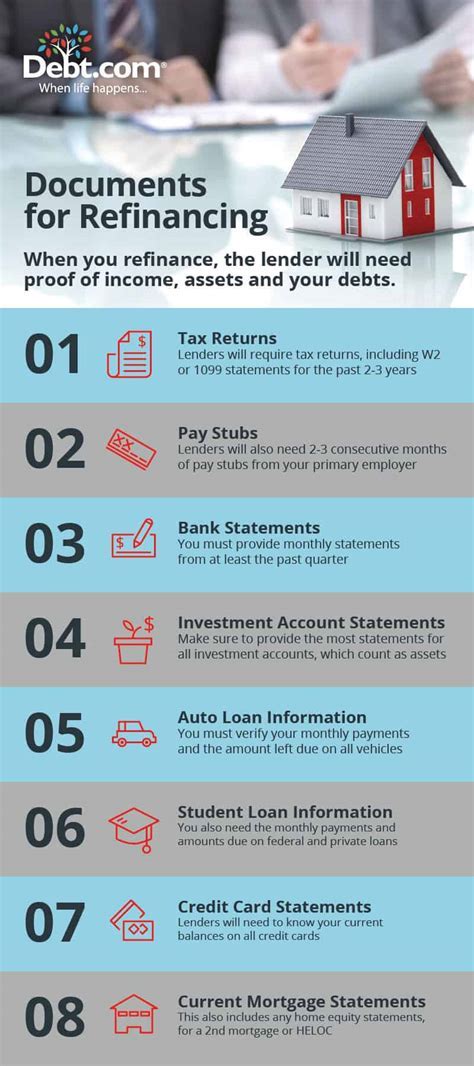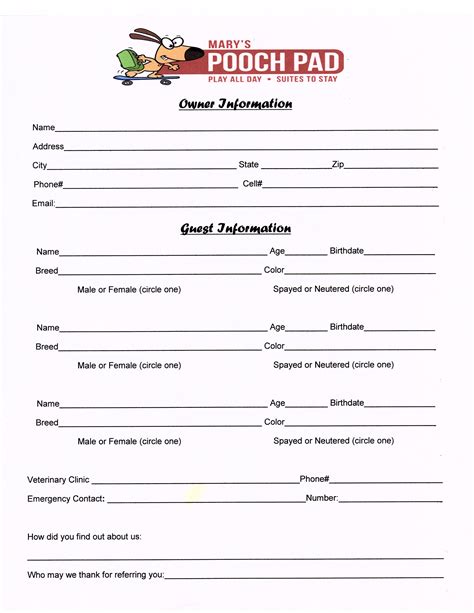5 Docs Needed
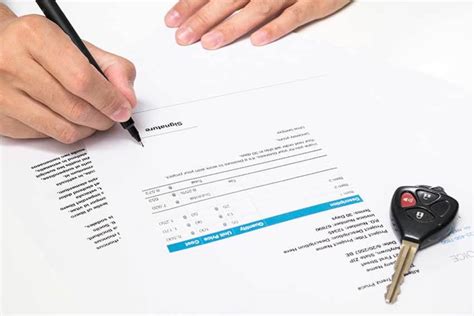
Introduction to Document Preparation

Preparing documents is a crucial step in various aspects of life, including academic, professional, and personal endeavors. The process involves several key elements, such as planning, researching, drafting, editing, and finalizing. In this context, we will delve into the specifics of preparing five essential documents that are commonly required in different situations.
Understanding the Importance of Documents

Documents serve as a means of communication, providing detailed information about a particular topic, idea, or concept. They can be used to convey messages, express thoughts, and present findings. The importance of documents lies in their ability to provide a permanent record of information, which can be referred to and utilized as needed. In the following sections, we will explore five critical documents that individuals may need to prepare at some point in their lives.
Document 1: Resume
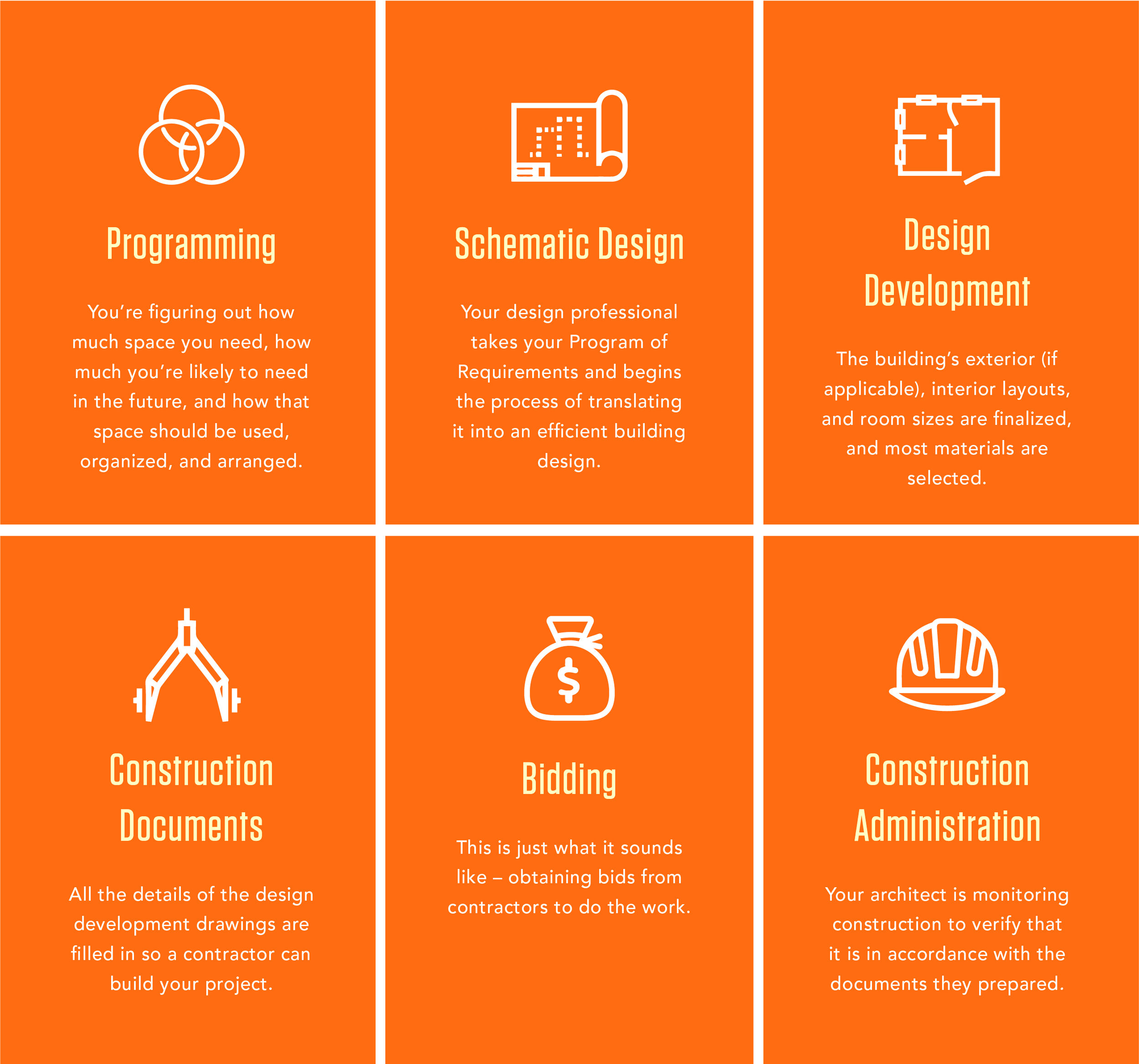
A resume is a document that outlines an individual’s education, work experience, skills, and achievements. It is typically used when applying for jobs, internships, or other opportunities. When preparing a resume, it is essential to consider the following elements: * Contact Information: Include your name, email address, phone number, and LinkedIn profile (if applicable). * Summary/Objective: Provide a brief overview of your experience, skills, and career goals. * Education: List your academic background, including degrees earned and relevant courses. * Work Experience: Describe your previous work experience, highlighting your achievements and responsibilities. * Skills: Mention any relevant skills you possess, such as language proficiency or technical expertise.
📝 Note: Tailor your resume to the specific job you are applying for, and use keywords from the job description to increase the chances of passing through applicant tracking systems (ATS).
Document 2: Business Plan
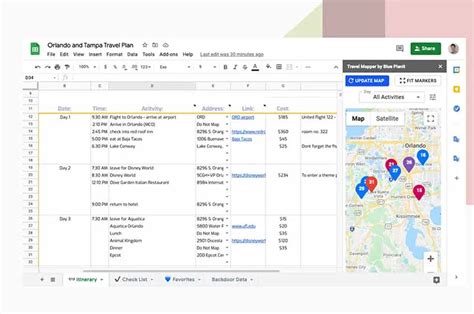
A business plan is a document that outlines the goals, objectives, and strategies of a business. It serves as a roadmap for entrepreneurs, helping them navigate the process of starting and growing a business. When preparing a business plan, consider the following components: * Executive Summary: Provide an overview of your business, including its mission, products/services, and target market. * Company Description: Describe your business, including its structure, ownership, and history. * Market Analysis: Research and analyze your target market, including demographics, trends, and competitors. * Products/Services: Describe the products or services you offer, including their features, benefits, and pricing. * Marketing and Sales: Outline your marketing and sales strategies, including advertising, promotion, and distribution.
Document 3: Research Paper

A research paper is a document that presents the findings of a research study or project. It is commonly used in academic settings, such as universities and research institutions. When preparing a research paper, consider the following elements: * Introduction: Provide an overview of the research topic, including its background, significance, and objectives. * Literature Review: Review existing research on the topic, including theories, methodologies, and findings. * Methodology: Describe the research design, methods, and procedures used to collect and analyze data. * Results: Present the findings of the study, including any data, statistics, or visual aids. * Discussion: Interpret the results, discussing their implications, limitations, and contributions to the field.
Document 4: Contract
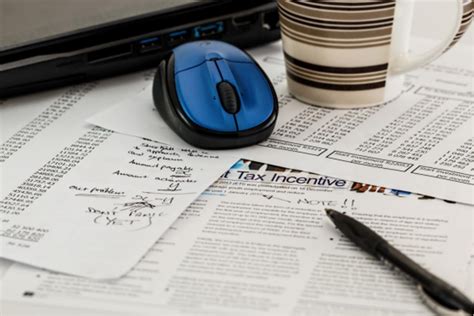
A contract is a document that outlines the terms and conditions of an agreement between two or more parties. It is commonly used in business, employment, and personal relationships. When preparing a contract, consider the following components: * Introduction: Provide an overview of the contract, including the parties involved, the purpose, and the scope. * Terms and Conditions: Outline the specific terms and conditions of the agreement, including obligations, responsibilities, and expectations. * Payment and Compensation: Describe the payment terms, including the amount, method, and schedule. * Termination: Outline the circumstances under which the contract can be terminated, including notice periods and penalties.
Document 5: Proposal

A proposal is a document that outlines a plan or idea for a project, business, or initiative. It is commonly used to pitch ideas, secure funding, or gain support. When preparing a proposal, consider the following elements: * Introduction: Provide an overview of the proposal, including the purpose, objectives, and scope. * Problem Statement: Describe the problem or opportunity, including its background, significance, and impact. * Solution: Outline the proposed solution, including its features, benefits, and advantages. * Implementation: Describe the plan for implementing the solution, including timelines, milestones, and resources. * Evaluation: Outline the criteria for evaluating the success of the proposal, including metrics, benchmarks, and outcomes.
| Document | Purpose | Key Elements |
|---|---|---|
| Resume | Job application | Contact information, summary, education, work experience, skills |
| Business Plan | Entrepreneurship | Executive summary, company description, market analysis, products/services, marketing and sales |
| Research Paper | Academic research | Introduction, literature review, methodology, results, discussion |
| Contract | Agreement | Introduction, terms and conditions, payment and compensation, termination |
| Proposal | Pitching ideas | Introduction, problem statement, solution, implementation, evaluation |
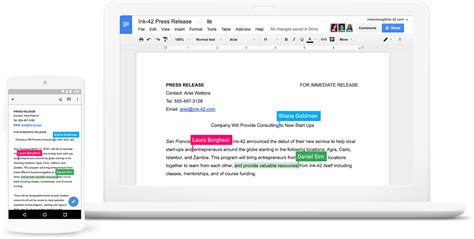
In summary, preparing documents is an essential skill that can benefit individuals in various aspects of their lives. By understanding the importance of documents and the key elements involved in preparing them, individuals can create effective and informative documents that achieve their intended purpose. Whether it is a resume, business plan, research paper, contract, or proposal, each document requires careful planning, research, and attention to detail to ensure its success.
What is the primary purpose of a resume?
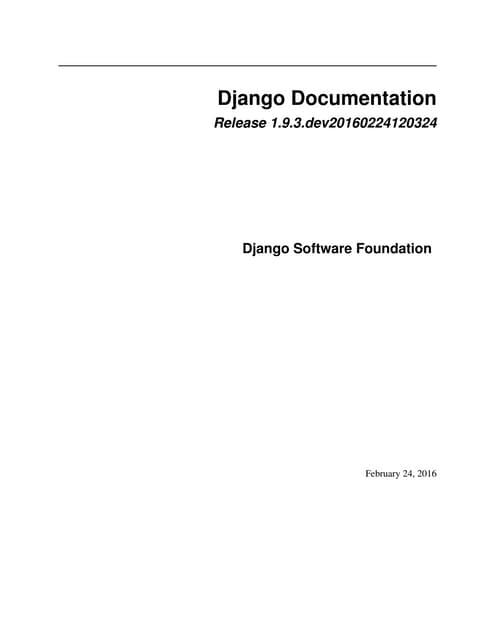
+
The primary purpose of a resume is to showcase an individual’s education, work experience, skills, and achievements to potential employers, with the goal of securing a job interview or opportunity.
What are the key elements of a business plan?

+
The key elements of a business plan include an executive summary, company description, market analysis, products/services, marketing and sales, and financial projections.
What is the difference between a research paper and a proposal?

+
A research paper presents the findings of a research study or project, while a proposal outlines a plan or idea for a project, business, or initiative, with the goal of securing funding, support, or approval.
